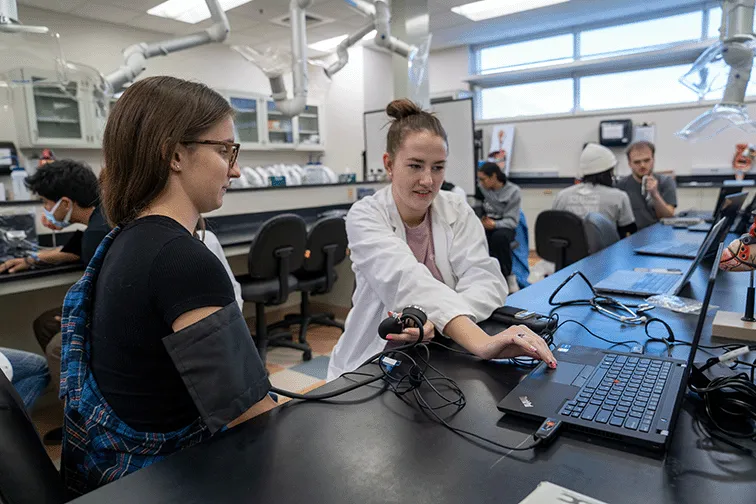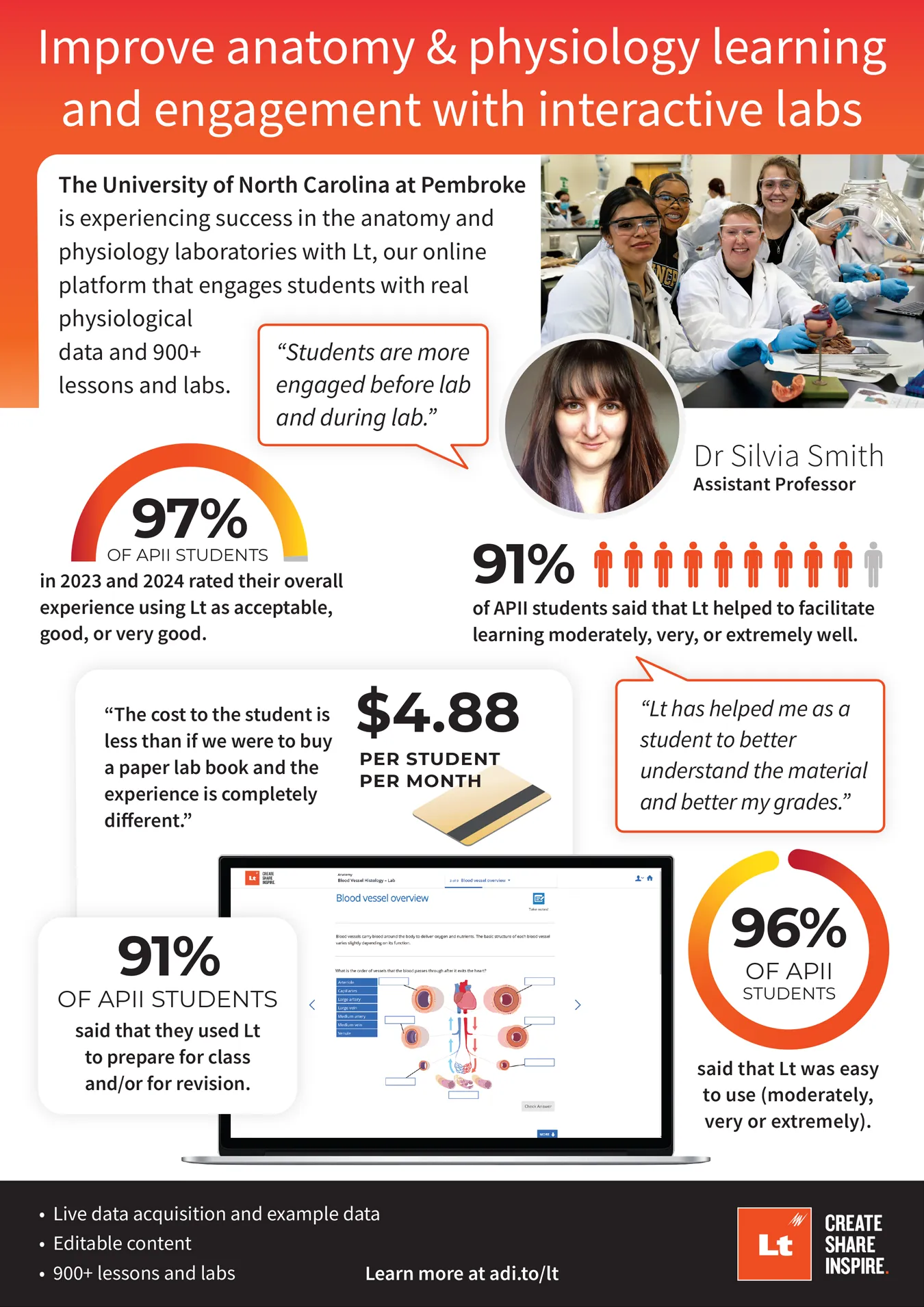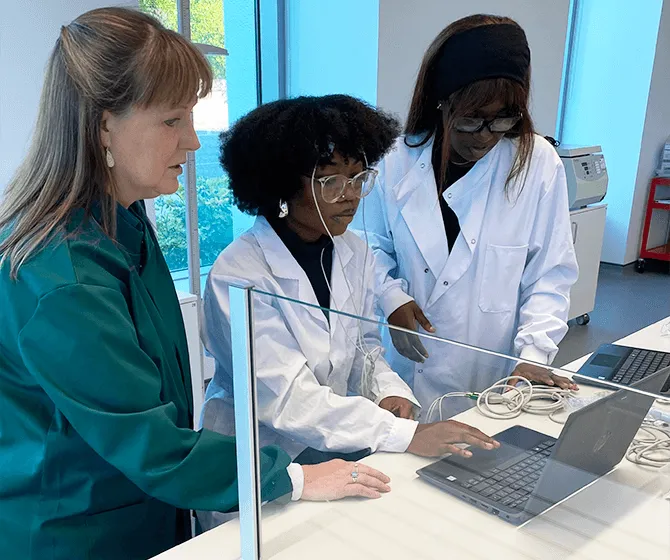A sought-after, and increasingly rare, achievement in academia is gaining tenure - a permanent role as a faculty member. Tenure is important because it represents better job security.
Tenure has become less common in the last 50 years in the US, with ~75% of higher education instructors currently employed "off the tenure track", meaning that they are not able to qualify for tenure (Reichman, 2022).
To achieve tenure requires significant time investment, usually around 4-5 years of demonstrated excellence while 'on the tenure track'.
Tenure-track professionals are usually working across research, teaching, and service (although some faculty will focus on teaching), and will typically have job titles of assistant professor, associate professor, or professor (American Physiological Society, n.d.).
Because tenure is far less common nowadays, many people have roles as nontenure-track faculty. In these roles, you are more likely to focus either on research or education, and titles vary from professor of practice, research scientist, lecturer, or instructor (American Physiological Society, n.d.).
Although the lack of tenure means less security, you can still build your teaching portfolio and demonstrate evidence-based teaching to show your commitment to student outcomes and institutional excellence. This strengthens your CV in the wider job market and positions you as an innovator and leader within your own faculty.

In the realm of teaching, you can be excellent by using evidence-based teaching practices, receiving positive student reviews, and demonstrating high student achievement. Evidence-based teaching practices are essential to both student and educator success and progression.
“Implementing effective teaching practices” is the most important criterion by which instructors are assessed for tenure and promotion, with 38% of administrators deeming these practices to be “very important” (Bharadwaj et al., 2024).
Here, we demonstrate how Lt, our online learning platform for the sciences, engages students in hands-on learning and supports you in your teaching and career progression.
1. Improve student engagement
Low student engagement is a massive problem in the higher education world right now. In fact, <40% of students who start a STEM course graduate with a degree in their chosen field (Stevens Institute of Technology, 2023), and if we look at anatomy and physiology courses in particular, we see the trend continue, with one study finding that 36% of A&P1 students dropped out of the course (Hopper, 2011).
Student engagement is contentious and has a variety of definitions, but for the purposes of this discussion it will be measured by the "amount of time and effort students put into their studies...and how the institution deploys its resources and organizes the curriculum and other learning opportunities to get students to participate in activities that decades of research studies show are linked to student learning" (Wenger et al., 2024). Student engagement has been linked to positive outcomes for students across both soft skills and and self-reported learning (Wenger et al., 2024).

One way to engage students with physiology is to have hem perform hands-on experiments to collect authentic physiological data. Here, students at the University of North Carolina at Pembroke, use Lt Sensors to collect real data in the lab.
Lt has been shown to improve student engagement across subjects and institutions:
- At the University of North Carolina at Pembroke, 91% of anatomy and physiology (APII) students said that they used Lt to prepare for class and/or revision, with Assistant Professor Silvia Smith reporting that, "Students are more engaged before lab and during lab".
- At the Otago Polytechnic in New Zealand, the School of Nursing reports: "Students really love the lessons in Lt, and they enjoy their time in the face to face teaching sessions and tutorials that we have. They come to class more prepared and better able to have robust discussions. The students definitely see the benefit.”
- Third year Bachelor of Nursing students, Ella and Dominic, believe that using Lt improved their engagement and led to better learning outcomes. Ella says, “I really interacted with the material and got a lot out of it, and I think it’s the best part. And having it delivered in different ways put my brain in a more active mode than if I was just reading.”
“They were pulling their phones out and posting pictures from the EEG lab to their Instagram accounts. Talk about buy-in!" - Dr. Bridget Ford, Assistant Professor in the Department of Biology at The University of the Incarnate Word
At the University of Auckland, undergraduate medical students were highly positive about Lt. Of their free-text survey responses, 27% commented they could focus more on the deep understanding of concepts; 26% commented it was easy to follow information; and 24% liked being able to revisit and access information at any time. Lab skills improved in the course, as did participation.
"I found using [Lt] in an online setting a much more engaging way of learning content, rather than when a lecture style was used..."
- Luca, Medical student, University of Auckland.
2. Improve student achievement
Similar to the trend of poor student engagement we discussed earlier, A&P courses are also battling poor student achievement. Hopper (2011) found that 62% of the students in the course studied scored lower than a C. You can overcome poor student performance with Lt, which provides wrap-around support to your students with 24/7 access to their course materials:
- At the University of North Carolina at Pembroke, 91% of APII students said that Lt helped to facilitate learning moderately, very, or extremely well.

- At University of New Hampshire, 73% of clinical pathophysiology students agreed or strongly agreed that the platform helped them get ready for their exams.
- At the Otago Polytechnic in New Zealand, the School of Nursing achieved 50% fewer fails and a 97% class pass rate once they introduced Lt.
97%
class pass rate
50%
fewer class fails
350
applicants for 100 places
3. Save time
As an educator, you lack time and resources. Lt has been designed to save you time and save you from reinventing the wheel. At the University of Auckland, Lt:
- Improved efficiency by centralizing content, assessment, and data collection
- Eliminated the need for paper lab manuals
- Cut the time spent in the lab from 3 hours to 2 hours of active engagement
- Saved educators time with instant formative feedback
Meanwhile, at the University of Aberdeen, Dr. Ann Rajnicek introduced Lt in the School of Medicine and found that automatic grading sped up feedback time.
Ann designed her course so that most questions could be marked automatically: “This meant that the marking was very quick. Instead of several months the feedback and marks could be delivered within a few days. The students really liked that the feedback was quick and useful.”
“With a Friday deadline I can get the marks back by Monday lunchtime.”

Dr. Ann Rajnicek and her students using Lt to explore electroencephalography (EEG).
Dr. Rajnicek saved time, too, by creating model answers in Lt that were shown to every student. “I was able to make a model answer for them that showed exactly what I was looking for. So there was no need to write the same comments repetitively on the submissions, saving me time and assuring consistent feedback.”
“What I liked about Lt the most as an educator and as someone who's having to develop the curriculum for our labs, was that it really was an all-in-one approach. Everything I needed was in the program - I didn't have to do a whole lot outside of using Lt.” - Dr. Bridget Ford, Assistant Professor in the Department of Biology at The University of the Incarnate Word
4. Establish yourself as an innovative leader
Lt has also been recognised by multiple international edtech award programmes, and was recognized as a truly innovative solution for science education when it won the E-Learning category in "the Oscars of education", the Reimagine Education Awards.

"I can't envision using any other program." - Dr. Bridget Ford, Assistant Professor in the Department of Biology at The University of the Incarnate Word
Want to be the best physiology educator on campus?
If you're looking to improve physiology student outcomes and boost your career prospects in the process, Lt is your solution. Combine with Lt Sensors for hands-on, active learning in the lab. Experience the platform for yourself!
References
American Physiological Society. (n.d.). Academia. https://www.physiology.org/professional-development/career/career-navigator/academia
Bharadwaj, P., Shaw, C., Henrie, A., Martin, S., Janson, N., & Bryant, G. (2024). Time for Class - 2024. Tyton Partners.
Hopper, M. (2011). Student enrollment in a supplement course for anatomy and physiology results in improved retention and success. Journal of College Science Teaching, 40(3), 70-79. https://www.jstor.org/stable/42992862
Reichman, H. (2022, July 12). What is tenure in education - and how to get it. Times Higher Education. https://www.timeshighereducation.com/campus/what-tenure-education-and-how-get-it
Stevens Institute of Technology. (2023, January 11). Why don’t students stick with STEM degrees? Media Releases. https://www.stevens.edu/news/why-dont-students-stick-with-stem-degrees
Wenger, K., Russell, A., Kinzie, J. (2024). A friendly guide to student engagement. National Survey For Student Engagement. https://nsse.indiana.edu/nsse/about-nsse/conceptual-framework/NI-Student-Engagement-Primer.pdf
